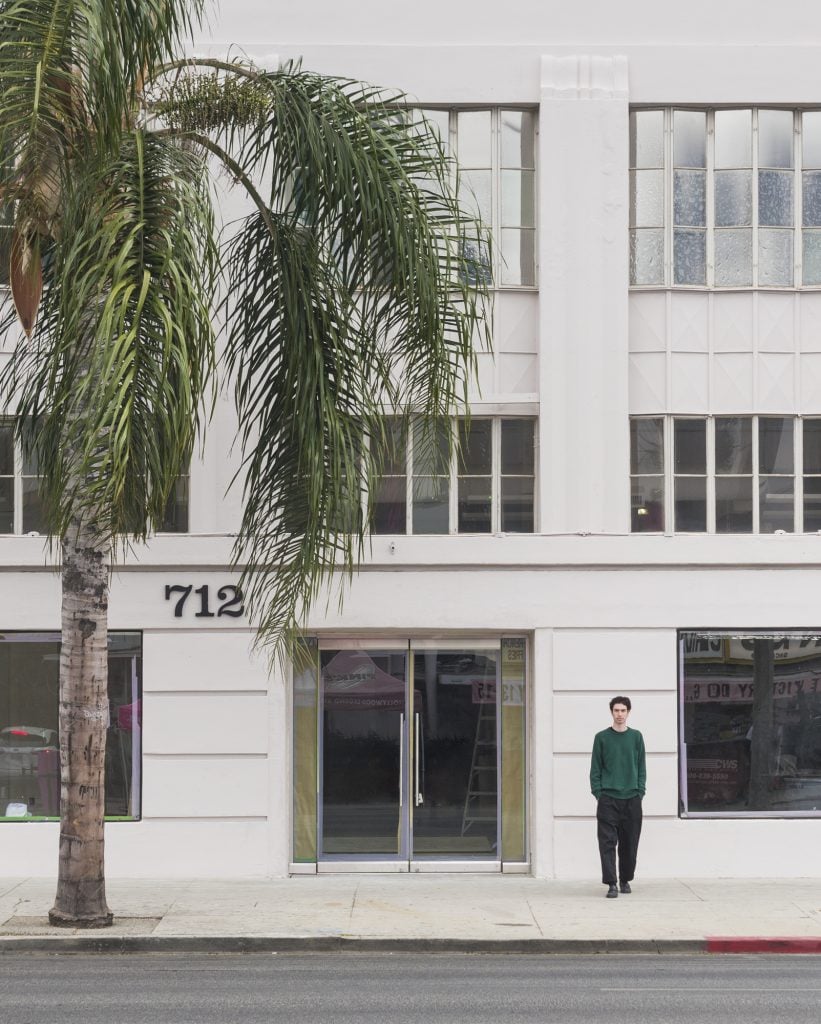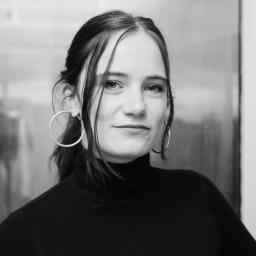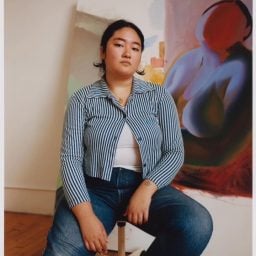We’ve all heard the origin story of the savvy 20-something who moved to Los Angeles, started selling posters out of the back of a car, somehow met all the right people, and wound up the most powerful art dealer in the world. But Larry Gagosian might want to watch his back, because nearly four decades after he set up shop, another savvy 20-something has, in the space of just four years, gone from fetching coffee for his underlings to spearheading the gallery whose name is on everyone’s lips. I’m talking, of course, about Matthew Brown.
Brown burst onto the art scene in 2019, hanging out a shingle in Hollywood when he was just 23 (it’s easier to achieve overnight success if you have a family fortune behind you, but more on that later). Since then, he’s mounted shows of Andy Goldsworthy and Kenny Rivero and secured representation of rising stars such as Kenturah Davis, Heidi Lau, and Vincent Valdez.
Olivier Babin, the founder of the gallery Clearing, says that before he met Brown, in 2019, “I would go to dinners in Los Angeles, and people would be talking about Matthew Brown. But even more meta, people were talking about how many people were talking about Matthew Brown.”
I first heard of Brown in a similarly Fitzgeraldian way. During the Felix art fair last August, I stumbled into a party Babin and Brown threw at a rented house in Laurel Canyon, where celebrities and art luminaries like Caroline Polachek, Matt Copson, and Rebecca Dayan were milling around a Spanish-style mansion complete with a runway fountain leading up to the front door. Dazzled, I asked someone how this party came to be. Their response? “Annie, don’t you know who Matthew Brown is?”
Brown himself is bemused by the buzz. “I think it’s kind of funny,” he told me of his reputation as a wunderkind. “I used to get frustrated with it, but I guess it’s like, better than nothing.”

Matthew Brown. Photo: Matthew Brown.
Matthew Brown opened his first gallery in Hollywood in 2019. Two years prior, he had dropped out of an economics track at the University of Texas at Austin to work for Gagosian in L.A. “[Gagosian] had actually asked me what city I wanted to move to, and I already had the ego to think I was gonna open a gallery one day in Los Angeles,” he added, laughing at himself. “What an asshole.”
He worked for Gagosian half of the week, and the other half with the smaller talent incubator Hannah Hoffman. “It was really awesome, because it was like both sides of the art world,” he said. Brown’s eyes were always on the prize, though: “When you’re young in the art world, you can just reach out to people, and they want to help you out or give you advice because you’re just a kid—more so than if I was some 45-year-old former finance guy or some shit.”
After about a year and a half he quit to start up his own enterprise, which now encompasses two separate spaces on North La Brea, a total of about 6,800 square feet. None of this would have been possible without the invisible hand of Jeffrey Deitch, whom Brown marched up to at an art fair and introduced himself prior to founding his gallery. Brown charmed him enough to swing an invite for a coffee date, and before he knew it, Deitch was advising Brown on where to open his space, telling him, “Open down the street from me. You know, I can send people your way.”
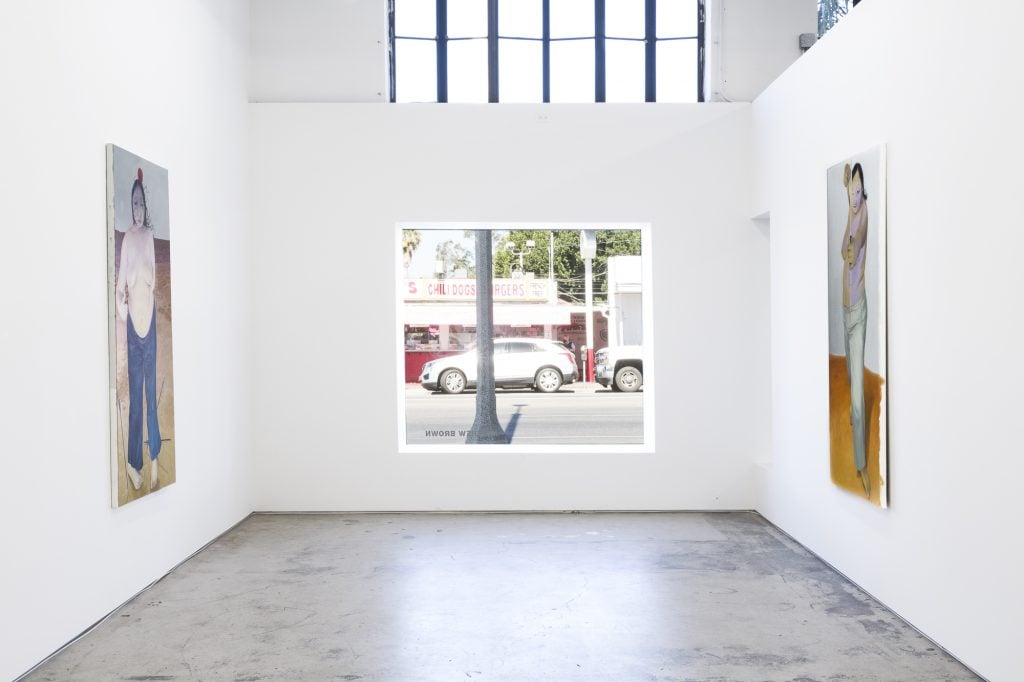
A solo exhibition of work by Sasha Gordon at Matthew Brown. Photo: Ed Mumford.
The charm that hooked Deitch is what many people first notice about Brown, but try to probe deeper and you may find yourself frustrated. He can be guarded in conversation, and most everyone I talked to about him for this story described him as shy.
He grew up mostly in Texas, but his mother worked for the Santa Barbara Museum of Art, so Brown went to high school in Southern California. Texas, though, is where his grandparents live, the esteemed collectors Jeanne and Michael L. Klein, who are the classic oil-money Texans familiar to the art world. Brown wouldn’t say much on the record about them, but did say that “a lot of stuff in their collection is like from really famous artists, but is literally worthless cause it can never be moved”—a likely reference to a site-specific James Turrell “Skyspace” readily on view in their home in Austin.
All that means, of course, that you can’t talk about Matthew Brown without talking about privilege. Brown doesn’t deny that it’s there. In my conversations with him, he often self-deprecates, saying that he doesn’t want to come off like a “douchebag.” Babin, who has 21 years on Brown, jokingly refers to him as his mentor, adding, “There’s no shortage of gallerists that come from uber-privileged families, and most of the time that doesn’t produce anything interesting. But he’s good.”
Brown’s roster is a varied bunch keyed into the zeitgeist; he initially focused on local artists, but has since branched out. Aside from presentations in his gallery, in the past year, his artists have been shown by LACMA, Deitch Projects, the FLAG Art Foundation and El Museo del Barrio in New York (which acquired a work by Valdez, whom Brown also showed in the emerging-artist Nova sector at Art Basel Miami Beach).
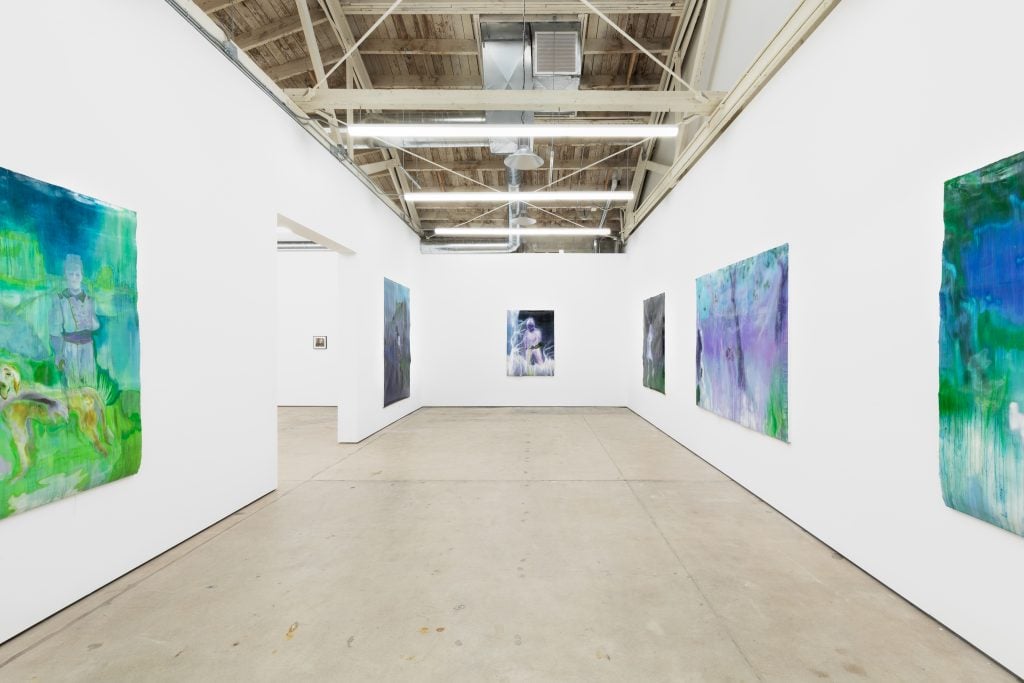
A solo exhibition of work by Sedrick Chisom at Matthew Brown. Photo: Ed Mumford.
During my interviews with him, it’s hard to get Brown animated about much besides his artists. A former colleague of his at Gagosian was quick to describe him as hard-working; Brown himself volunteered that in the last year, he went on at least 95 studio visits. Of all the art dealers he looks up to, he points to Tim Blum in particular, because “he takes the time to come see the shows, which means a lot to me.” When asked what his long-term goals are, he demurs and simply says, “For now I just want to build a program that the gallery artists will be proud to be a part of.”
That showed through when speaking to his artists. Brooklyn-based painter Sasha Gordon, was introduced to Brown by New York real estate whiz and collector Jonathan Travis, right when she graduated from the Rhode Island School of Design. Brown added her to his roster in 2020, and inaugurated his first show at his second space with a solo show of her work.
“I hear horror stories from my friends about their galleries, and their experiences with them. But I love working with Matthew, the gallery is very nurturing.” She added, ”I feel like there are a lot of galleries out there that want POC artists for the sake of having them. But I feel like he gives a shit, and actually cares about his artists. Plus, I think his roster is absolutely insane.”
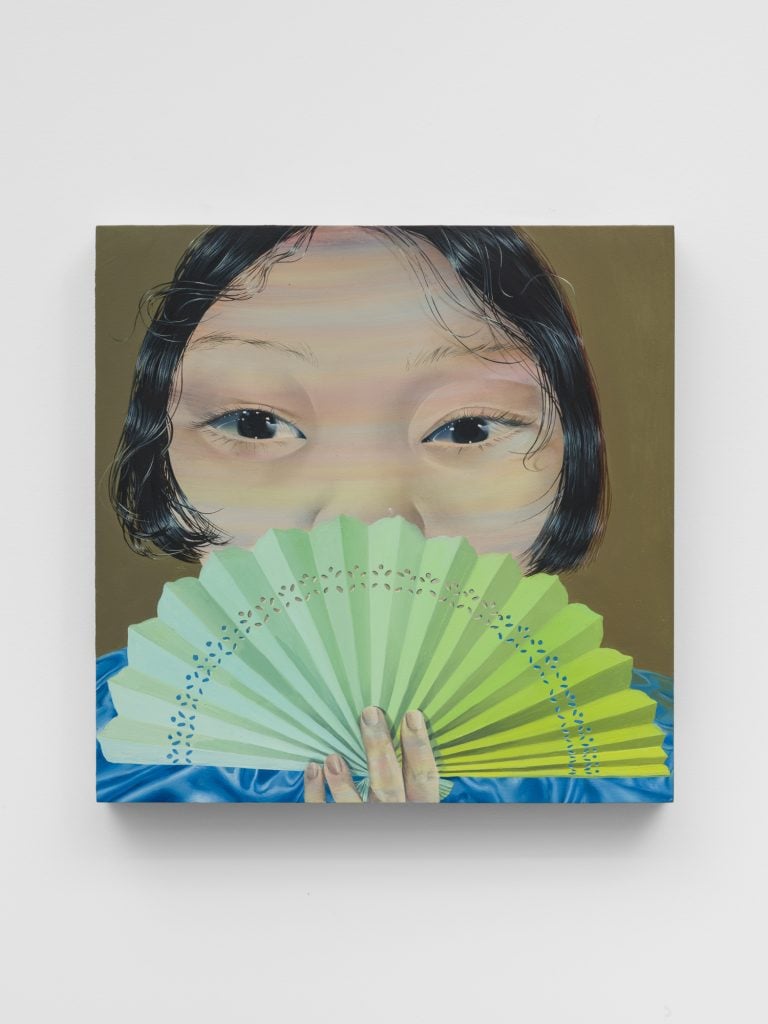
A work by Sasha Gordon. Photo: Ed Mumford.
One of the first artists to sign with the gallery, Sedrick Chisom, said that Brown is “someone that I can really get into it with about art, and even argue with him, but then send him a meme the next day. He can get along with a lot of different people.” Gordon describes him as an enigma, adding, “He’s a very quiet man, but he has a lot to say.”
As I said, Brown doesn’t really like to speak on his ambitions, and tries to deflect questions about it to the careers of his artists, and where he’d like to see those go. That doesn’t stop people from guessing, though. As Chisom put it, “I think he wants to be the best dealer of his generation, probably. That’s my honest opinion.”
Follow Artnet News on Facebook:
Want to stay ahead of the art world? Subscribe to our newsletter to get the breaking news, eye-opening interviews, and incisive critical takes that drive the conversation forward.
